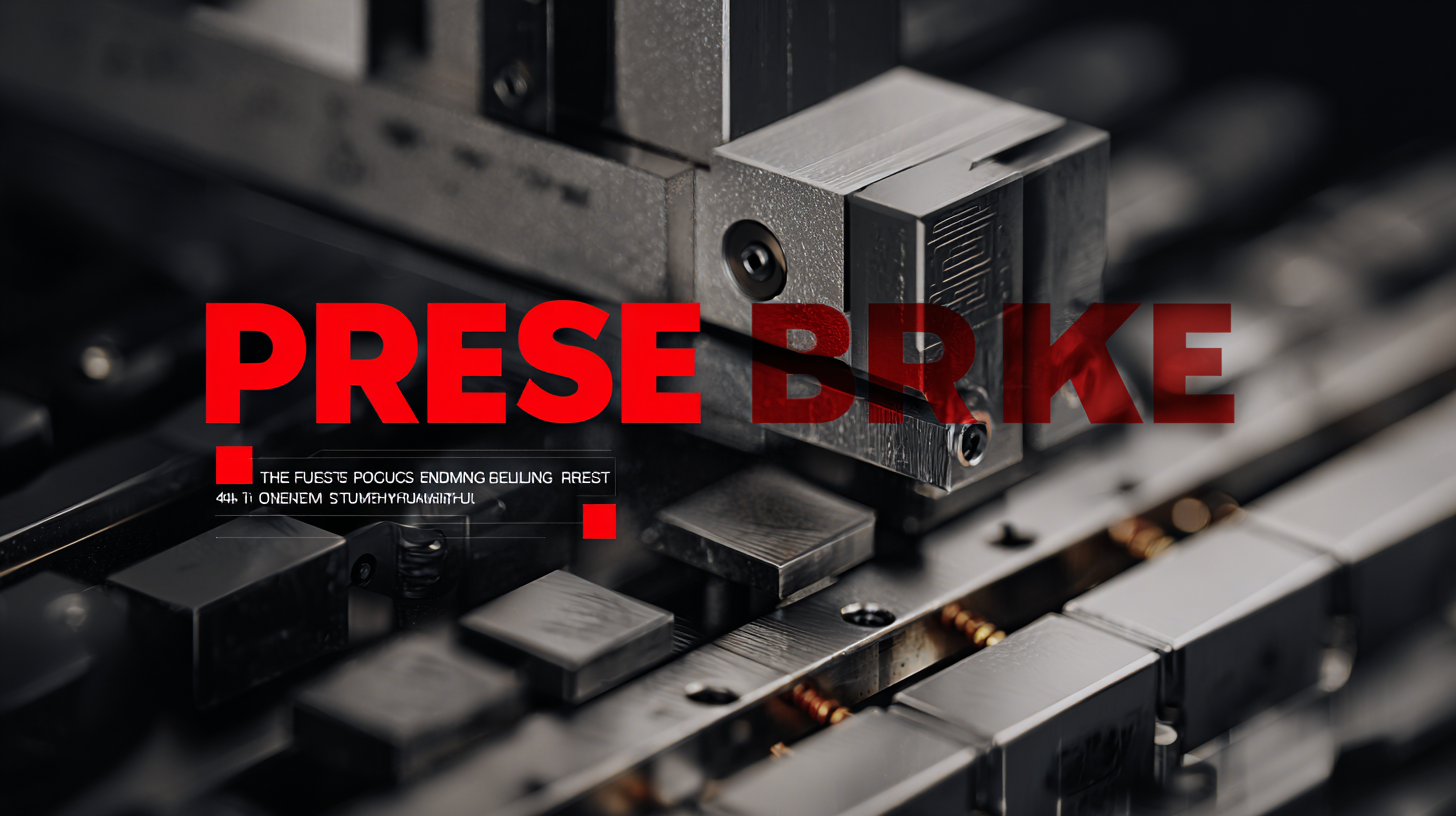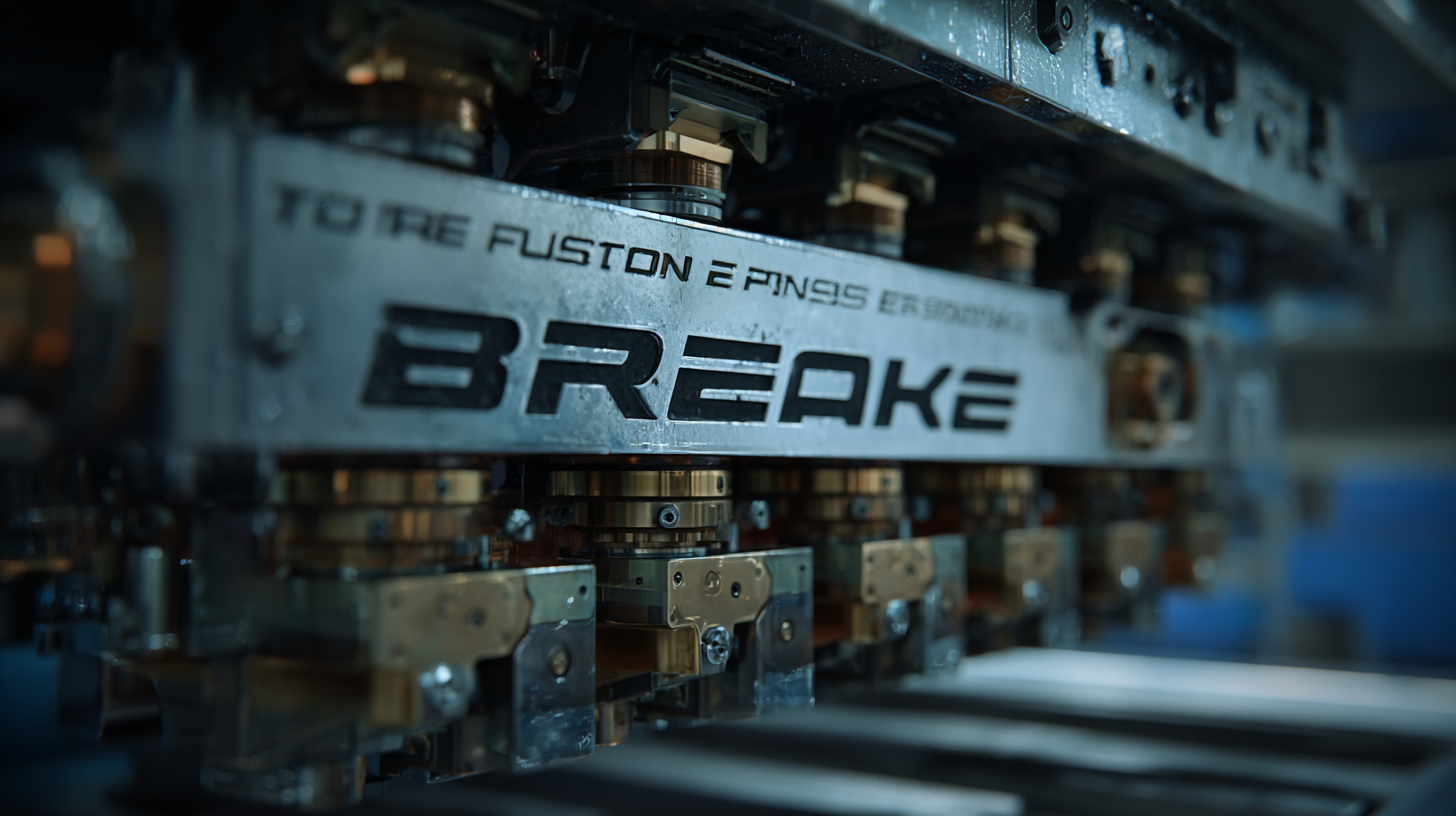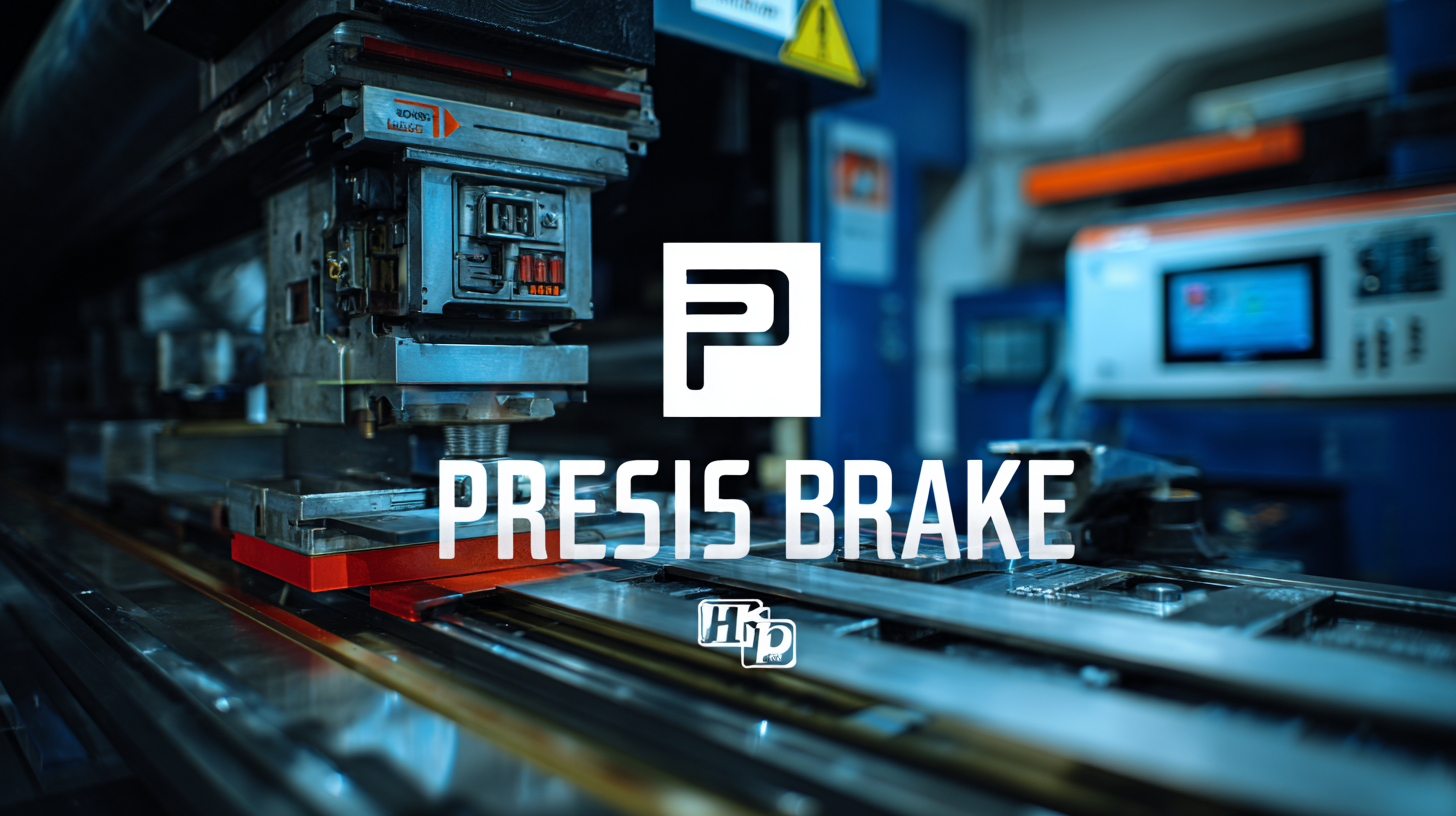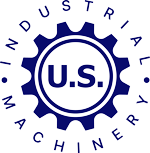The Future of Precision Engineering with Best Press Brake Technology
As industries continue to evolve, the future of precision engineering increasingly hinges on advanced manufacturing technologies, one of the most vital being the press brake. This essential machine plays a pivotal role in metal forming, enabling manufacturers to achieve unparalleled accuracy and efficiency in shaping materials. With innovations emerging from China’s top manufacturing facilities, the press brake technology is setting new standards in the industry. These advancements not only enhance production capabilities but also foster sustainable practices, allowing for greater customization and reduced waste. As we delve into the transformative journey of press brake technology, we will explore how these cutting-edge developments are shaping the landscape of precision engineering and what the future holds for manufacturers aiming for excellence in their operations.

The Evolution of Precision Engineering in Manufacturing
The evolution of precision engineering in manufacturing has taken center stage as industries strive for enhanced quality and efficiency. In cities like London, precision is a hallmark that drives advancements, particularly in sectors like medical technology. The city’s commitment to precision influences product quality and innovation, fostering an environment where meticulous engineering is paramount. Today, precision engineering impacts everything from design to production, ensuring that manufactured goods meet the highest standards.
Furthermore, the integration of cutting-edge technologies like rapid prototyping and advanced sensors has transformed the precision engineering landscape. Rapid prototyping allows engineers to quickly iterate and refine their designs, significantly reducing time to market and fostering creativity. Meanwhile, the migration of sensors to multi-sensor coordinated measuring machines (CMM) reflects a growing emphasis on measurement accuracy. These innovations not only enhance product reliability but also streamline manufacturing processes across various domains, from aerospace to smart manufacturing initiatives, showcasing the vital role precision engineering plays in the modern industrial ecosystem.
Innovative Press Brake Technologies Transforming the Industry
The rapidly evolving landscape of precision engineering is heavily influenced by innovative press brake technologies that are redefining manufacturing processes. According to a recent report from MarketsandMarkets, the global sheet metal fabrication market is projected to reach $232 billion by 2026, driven by advancements in equipment such as press brakes. These machines are becoming more versatile, integrating smart technologies that enhance precision and efficiency. The advent of digital controls and automation has enabled manufacturers to achieve tighter tolerances and reduce production times, leading to significant cost savings.
Additionally, the introduction of hydraulic and electric press brakes has transformed the industry landscape. A study by Grand View Research indicates that electric press brakes are expected to grow at a compound annual growth rate (CAGR) of over 6% from 2021 to 2028. This growth is attributed to their energy efficiency and ability to perform complex bending operations with minimal environmental impact. The integration of Industry 4.0 principles, such as IoT connectivity, allows for real-time monitoring and predictive maintenance, further enhancing productivity and reliability in precision engineering applications. As these innovative technologies continue to shape the future, stakeholders in the industry are encouraged to embrace these advancements for sustained competitive advantage.
Key Standards Driving Precision Engineering Excellence
In the evolving landscape of precision engineering, adherence to key standards is paramount for achieving excellence. Standards such as ISO 9001 and ASME Y14.5 provide frameworks that help businesses enhance quality control, ensure accuracy, and streamline processes. These benchmarks guide manufacturers in their pursuit of precision and reliability, fostering innovation and competitiveness in the industry.
Tips for aligning with these standards include regularly updating training programs for staff, performing thorough audits of production processes, and integrating cutting-edge technology into operations, including the latest press brake technology. By leveraging advancements in automation and machine learning, companies can significantly improve their workflow efficiency and product precision.
Another important aspect is maintaining a solid relationship with suppliers who comply with these standards. Collaborating with partners that prioritize quality and precision can be a game-changer. Sharing best practices and insights can further bolster confidence in the overall production process, ultimately leading to greater customer satisfaction and long-term success in the precision engineering sector.
Step-by-Step Guide to Selecting the Right Press Brake
Choosing the right press brake for your precision engineering needs is a critical step that can significantly impact your manufacturing processes. Begin by assessing your project requirements, including the materials you will work with, the thickness of the materials, and the complexity of the bends you need to achieve. Understanding these factors will guide you in selecting a press brake with the appropriate tonnage and accuracy.
Next, consider the technology incorporated in the press brake. Modern press brakes come equipped with advanced features such as CNC control systems, back gauges, and offline programming capabilities, all of which enhance precision and efficiency. Evaluating suppliers and their offerings in these areas can provide insights into which machine will best meet your operational needs. Lastly, don’t overlook the importance of after-sales support and maintenance services offered by manufacturers, as these will ensure the longevity and reliability of your investment in precision engineering.

Future Trends and Challenges in Precision Engineering Solutions
The realm of precision engineering is continuously evolving, driven by advancements in technology and the increasing demand for high-quality manufacturing solutions. According to a report by Market Research Future, the global precision engineering market is projected to reach USD 12 billion by 2025, growing at a CAGR of 7% from 2019. This growth is largely attributed to the rising adoption of automation and smart manufacturing practices across various industries. The integration of best press brake technology plays a crucial role in this trend, allowing manufacturers to achieve superior accuracy in metal bending processes, which is essential for creating intricate components.
However, the sector faces significant challenges as well. One major obstacle is the shortage of skilled labor, which has been highlighted in a recent study by Deloitte, predicting that 2.4 million manufacturing jobs may go unfilled over the next decade due to a lack of qualified workers. Furthermore, the rapid pace of technological advancements can lead to obsolescence of current equipment, demanding constant investment in the latest machinery and training for employees. As precision engineering solutions become increasingly reliant on innovative technologies, companies must navigate these hurdles to remain competitive while meeting the growing expectations for precision and efficiency in their operations.

